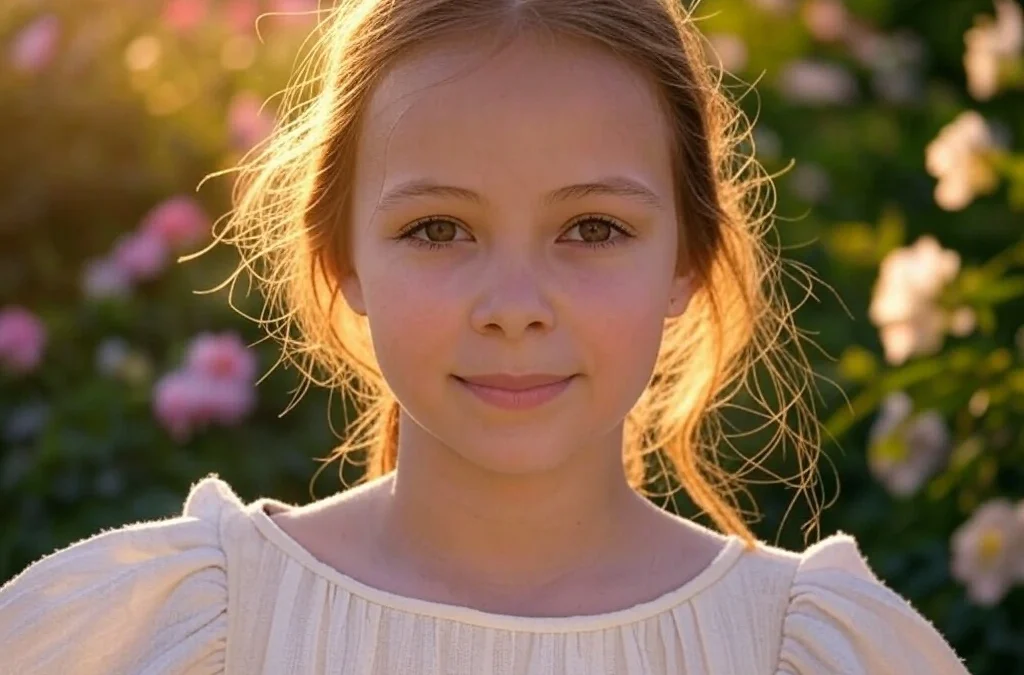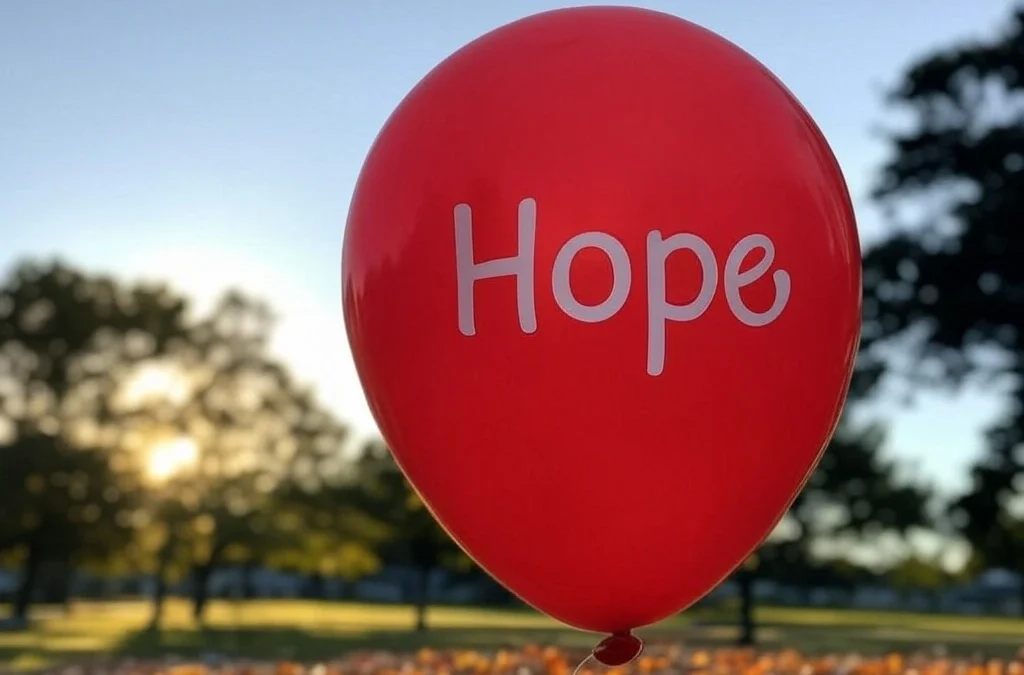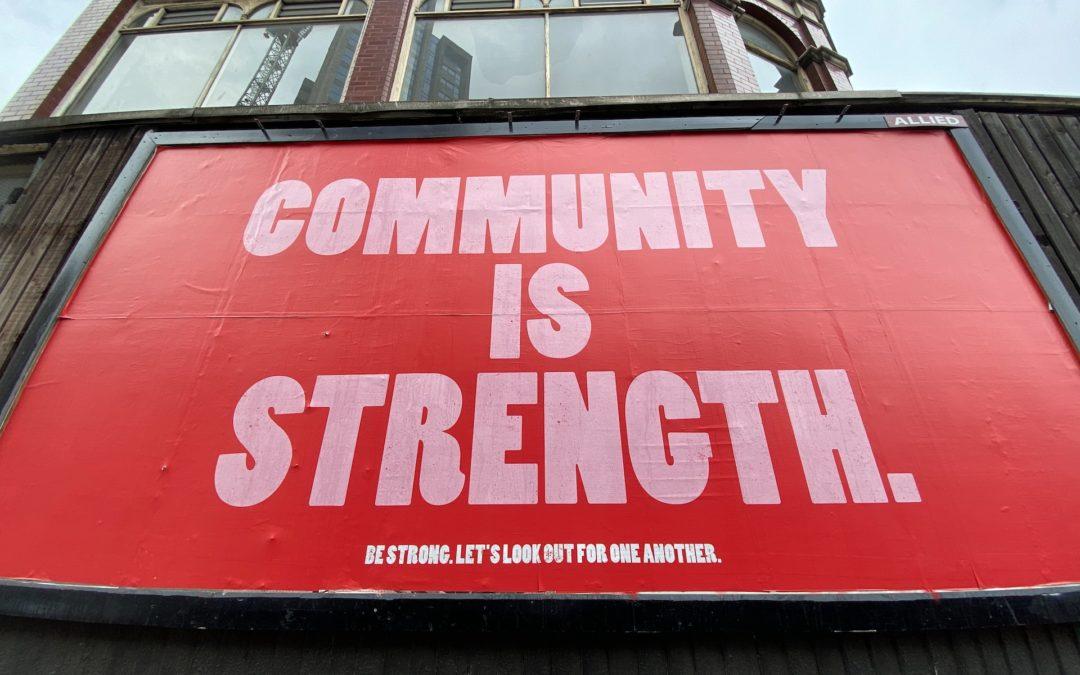In the tapestry of vibrant and connected communities, the thread of active community engagement weaves a narrative of shared experiences, collaborative efforts, and collective growth. Community engagement, a cornerstone of building resilient and thriving societies, takes various forms that resonate with the diverse needs and interests of residents. In this article we delve into of the top 20 community engagement examples, an initiatives that go beyond the ordinary, fostering inclusivity, collaboration, and a profound sense of belonging. From grassroots movements to digital innovations, these examples showcase the power of communities coming together, contributing to the social, cultural, and economic tapestry that defines the essence of a truly engaged and interconnected society.
What Is Community Engagement?
Community engagement refers to the process of actively involving individuals, groups, or organizations in initiatives, activities, or discussions that impact or benefit a specific community. It encompasses fostering connections, participation, and collaboration within a community to address needs, drive change, or promote shared goals. Effective community engagement enhances relationships, empowers stakeholders, and cultivates a sense of belonging and ownership within the community. It involves various strategies such as outreach programs, events, social media engagement, and participatory decision-making to create a more inclusive and participative environment.
Community engagement is multifaceted and can manifest through diverse avenues, including volunteer efforts, public forums, surveys, workshops, or partnerships with local institutions. It’s a dynamic process that encourages active involvement from all segments of society, valuing diverse perspectives and promoting equity. Strong community engagement fosters a sense of mutual trust between stakeholders, leading to more informed decision-making and the development of solutions that better meet the needs of the community.
Furthermore, effective community engagement often results in increased social capital, improved resilience, and the creation of a supportive network that amplifies community voices. By embracing inclusivity and collaboration, community engagement acts as a catalyst for positive social change, promoting a sense of shared responsibility and collective action towards common goals.
Moreover, community engagement is not solely about disseminating information or executing projects; it’s a continuous dialogue that encourages ongoing interaction, feedback, and adaptation. This process acknowledges the evolving nature of communities and the importance of responsive approaches that address emerging challenges and aspirations.
Successful community engagement initiatives often involve effective communication strategies that leverage various mediums to reach diverse audiences. This may encompass leveraging digital platforms, traditional media, community events, or grassroots outreach to ensure that information is accessible and inclusive, irrespective of demographic or socioeconomic differences.
Ultimately, community engagement serves as a cornerstone for sustainable development, promoting social cohesion, civic participation, and the collective well-being of a community. When executed thoughtfully, it creates a sense of shared ownership and responsibility, empowering individuals to contribute meaningfully and collaboratively to the betterment of their community.
The Best Community Engagement Examples
Community Workshops and Webinars: Hosting regular workshops or webinars on topics of interest can bring community members together to learn and share knowledge.
Community workshops and webinars serve as valuable platforms for continuous learning and knowledge exchange. By organizing regular sessions on diverse subjects, communities can cater to a variety of interests and provide opportunities for residents to acquire new skills. These events not only foster personal growth but also create a supportive environment where individuals can share their expertise, building a collective pool of knowledge within the community. The interactive nature of workshops and webinars promotes engagement and networking, strengthening the social fabric of the community.
Social Media Challenges: Creating and promoting challenges on platforms like Instagram or TikTok can encourage participation and creativity within the community.
The concept of social media challenges taps into the power of digital platforms to unite community members in a fun and creative way. By leveraging popular social media trends, communities can ignite excitement and camaraderie among residents. These challenges not only entertain but also showcase the unique talents and creativity of individuals within the community. Moreover, they provide a modern and accessible avenue for people of all ages to connect, fostering a sense of shared experience and community identity in the digital age.
Community Gardens: Establishing communal gardens fosters a sense of shared responsibility and provides a space for neighbors to connect over gardening.
Community gardens are more than just patches of soil; they are nurturing grounds for social connections. By bringing residents together to cultivate and care for a shared green space, community gardens create a sense of collective responsibility for the environment. The act of gardening itself becomes a bonding activity, providing a relaxed setting for neighbors to interact and share gardening tips. These spaces not only beautify the community but also contribute to a healthier and more connected neighborhood by fostering relationships through a shared love for nature.
Local Festivals and Events: Organizing and participating in local festivals helps build a sense of community pride and provides an opportunity for residents to socialize.
Local festivals and events are the heartbeat of a community. They celebrate shared traditions, showcase local talent, and bring residents together in a vibrant atmosphere. Participating in these festivities instills a sense of pride and belonging, as individuals contribute to the collective identity of their community. Beyond the joyous moments, these events create lasting memories and strengthen social ties, making them a cornerstone for community cohesion and a testament to the rich tapestry of local culture.
Online Forums and Groups: Creating digital spaces where community members can discuss common interests, ask questions, and share information can strengthen connections.
In the digital age, online forums and groups serve as virtual town squares, connecting residents irrespective of physical proximity. These platforms provide a space for ongoing dialogue, allowing community members to share insights, seek advice, and express their opinions. The beauty of online spaces is their accessibility, enabling individuals to engage at their convenience. These digital communities can bridge gaps, fostering connections among diverse groups and ensuring that the sense of community extends beyond geographical boundaries.
Neighborhood Clean-Up Initiatives: Collaborating on neighborhood clean-up projects not only enhances the local environment but also encourages teamwork and camaraderie.
Engaging in neighborhood clean-up initiatives goes beyond the immediate benefit of a tidier environment. It promotes a shared sense of responsibility for the community’s well-being and instills pride in maintaining a clean and attractive neighborhood. The collaborative effort required for clean-up projects encourages teamwork, breaking down social barriers and fostering a spirit of cooperation. These initiatives create a tangible and visible impact, reinforcing the idea that collective action can lead to positive change within the community.
Community Book Clubs: Starting a book club allows residents to come together, share perspectives, and discuss literature.
Book clubs provide a structured yet informal setting for community members to explore literature together. Reading and discussing books not only broaden individual perspectives but also create a forum for shared intellectual engagement. The social aspect of book clubs enhances the experience, turning the solitary act of reading into a communal activity. These gatherings not only stimulate intellectual conversations but also foster friendships, making them a powerful tool for building a close-knit and intellectually vibrant community.
Sports Leagues: Organizing local sports leagues promotes physical activity, teamwork, and healthy competition within the community.
Local sports leagues inject a dose of healthy competition into the community, encouraging residents to stay physically active and connected. Whether it’s soccer, basketball, or other sports, these leagues provide an outlet for both seasoned athletes and those new to the game. The teamwork involved fosters a sense of camaraderie, and the shared victories and defeats create lasting bonds. Beyond the physical benefits, sports leagues contribute to a sense of community identity and pride, with residents rallying behind their local teams.
Street Parties and Block Parties: Hosting regular gatherings like street parties fosters a sense of community and encourages social interaction.
Street parties and block parties are a time-honored tradition that brings residents out of their homes and into the streets. These events create a festive atmosphere where neighbors can mingle, share laughter, and strengthen social ties. By temporarily transforming the streets into communal spaces, these gatherings foster a sense of belonging and provide an opportunity for residents to get to know each other beyond the confines of daily routines. The informality of street parties contributes to a relaxed and inclusive environment, promoting a vibrant community spirit.
Community Art Projects: Collaborative art projects, such as murals or sculptures, provide a creative outlet and beautify public spaces.
Engaging in community art projects transcends individual expression, transforming public spaces into vibrant canvases that reflect the collective creativity of the residents. Whether it’s a mural on a neighborhood wall or a sculpture in a park, these projects become symbols of community identity and pride. The collaborative nature of creating art together fosters a sense of shared accomplishment and strengthens social bonds. Beyond aesthetics, community art projects contribute to a visually appealing environment, enhancing the overall quality of life for residents.
Volunteer Opportunities: Facilitating volunteer programs allows community members to give back and strengthens the bonds between residents.
Volunteering is a powerful way for individuals to actively contribute to the well-being of their community. By organizing volunteer programs, communities provide a platform for residents to give their time and skills to various causes. This not only benefits the recipients of the volunteer efforts but also creates a sense of shared purpose among community members. The act of giving back fosters a feeling of accomplishment and unity, strengthening the social fabric as residents collaborate toward common goals. Volunteering becomes a shared experience that binds individuals together through their collective efforts to make a positive impact.
Cultural Exchange Events: Hosting events that celebrate the diverse cultures within a community helps build understanding and appreciation among residents.
Cultural exchange events celebrate the rich tapestry of diversity within a community. By showcasing different traditions, cuisines, and artistic expressions, these events promote cross-cultural understanding and appreciation. Residents can learn from one another, breaking down stereotypes and fostering a sense of unity amid diversity. Celebrating various cultures within a community not only educates individuals about their neighbors but also creates an inclusive environment where everyone feels valued and respected, ultimately enhancing the sense of community.
Community Fitness Classes: Offering free or low-cost fitness classes promotes health and wellness while creating a space for neighbors to connect.
Community fitness classes offer more than just physical well-being; they provide a communal space for residents to prioritize their health together. By making fitness classes accessible, communities promote a culture of well-being and healthy living. These classes become social hubs, allowing neighbors to connect while working towards common health goals. The shared commitment to fitness creates a supportive environment where individuals encourage each other, leading to not only healthier bodies but also stronger social bonds within the community.
Town Hall Meetings: Regular town hall meetings provide a platform for open communication between community leaders and residents.
Town hall meetings serve as a vital bridge between community leaders and residents. These gatherings provide a forum for open dialogue, enabling leaders to share important information, address concerns, and listen to the needs of the community. The transparency and accessibility of town hall meetings foster trust and engagement. Residents feel empowered by having their voices heard, while community leaders gain valuable insights into the priorities and aspirations of those they serve. This open communication channel strengthens the sense of community ownership and collaboration in decision-making processes.
Community Emergency Response Teams: Training residents in emergency response builds a sense of shared responsibility and preparedness.
Community Emergency Response Teams (CERT) empower residents to take an active role in ensuring the safety and resilience of their community during emergencies. By providing training in basic response skills, communities enhance their overall preparedness. This shared knowledge creates a sense of shared responsibility for the well-being of the community. In times of crisis, residents equipped with CERT training can act swiftly and effectively, strengthening the overall resilience of the community. CERT not only prepares individuals for emergencies but also fosters a sense of unity and mutual support among team members.
Community Marketplaces: Establishing local markets where residents can sell their goods fosters economic connections and community support.
Community marketplaces offer a tangible platform for economic interaction within a community. By providing a space for residents to showcase and sell their goods, these markets contribute to the local economy while strengthening social bonds. The act of buying and selling becomes a personal exchange, fostering a sense of community support. Residents not only gain economic opportunities but also build relationships with their neighbors through these transactions. Community marketplaces thus play a dual role in promoting economic sustainability and enhancing the social fabric of the community.
Community Mentoring Programs: Connecting experienced community members with newcomers through mentorship programs helps integrate new residents and builds relationships.
Mentorship programs create a valuable support system within a community, particularly for newcomers. By connecting experienced residents with those who are new to the community, these programs facilitate a smoother integration process. Mentors provide guidance, share local knowledge, and help newcomers feel welcome. The relationships formed through mentorship extend beyond practical advice, fostering a sense of belonging and camaraderie. This human connection strengthens community ties, making it easier for individuals to establish roots and actively engage in community life.
Interactive Public Art Installations: Incorporating art installations that invite community participation and engagement enhances public spaces.
Interactive public art installations transform public spaces into dynamic and engaging environments. By encouraging community members to actively participate in the art creation process, these installations create a sense of ownership and connection to the surrounding space. The shared experience of interacting with public art becomes a communal activity, fostering a sense of pride and identity. Such installations not only beautify public spaces but also serve as conversation starters, bringing people together to appreciate and engage with the artistic expressions that reflect the spirit of the community.
Environmental Initiatives: Collaborating on projects like tree planting or recycling programs instills a sense of environmental responsibility within the community.
Environmental initiatives not only contribute to a healthier planet but also instill a sense of shared responsibility within a community. Projects like tree planting and recycling programs provide tangible ways for residents to contribute to environmental sustainability. The collaborative nature of these initiatives promotes teamwork and a collective commitment to making a positive impact. Residents working together on environmental projects not only improve the local ecosystem but also strengthen social bonds through a shared dedication to preserving the environment for current and future generations.
Digital Storytelling Platforms: Creating platforms for residents to share their stories, experiences, and memories can help build a sense of shared identity.
Digital storytelling platforms serve as modern-day campfires where community members can share their narratives. By providing a space for residents to express their stories, experiences, and memories, these platforms contribute to the creation of a shared community identity. Personal stories become threads in the rich tapestry of the community’s history and culture. Digital storytelling not only preserves the unique voices within the community but also fosters empathy and understanding as residents connect through shared experiences. It becomes a digital archive of the collective journey, reinforcing a sense of community and shared identity in the digital age.
Importance of Community Engagement
Communities are the heartbeat of society, fostering connections, sharing resources, and driving change. At the core of this vibrant ecosystem lies a crucial element: community engagement. It’s more than mere involvement; it’s the active participation of individuals, groups, and organizations in the issues that affect their surroundings.
Why is community engagement so vital? Picture a puzzle; each piece represents a member of a community. When these pieces unite, the picture becomes clearer, more complete. Similarly, community engagement brings diverse perspectives to the table, creating a tapestry of ideas, experiences, and solutions.
One key aspect is empowerment. When individuals engage with their communities, they gain a voice—a chance to contribute, influence, and shape the world around them. This empowerment breeds a sense of ownership, sparking initiatives and movements that address local needs and concerns.
Moreover, community engagement is a catalyst for social change. It’s the driving force behind grassroots movements, advocacy campaigns, and philanthropic endeavors. By rallying together, communities can tackle challenges, advocate for justice, and promote inclusivity.
Education thrives in engaged communities. Schools, libraries, and educational institutions flourish when the community is involved. Parents, educators, and students collaborating create an environment conducive to learning, innovation, and growth.
Health and well-being also benefit immensely. Community engagement encourages access to healthcare resources, promotes healthy lifestyles, and builds support networks. This collective effort can alleviate social disparities and enhance the quality of life for everyone involved.
Furthermore, economic development finds solid ground in engaged communities. Local businesses thrive when supported by an engaged consumer base. Collaborative efforts between businesses and residents can bolster economic vitality, creating jobs and fostering innovation.
Lastly, the intangible yet invaluable aspect of belonging emerges from active community engagement. It instills a sense of belonging, camaraderie, and mutual support. Stronger social connections result in more resilient, cohesive communities, capable of weathering storms and celebrating victories together.
In essence, community engagement is the cornerstone of a vibrant, thriving society. It’s the adhesive that binds individuals, nurtures growth, and fuels progress. By actively participating and investing in our communities, we sow the seeds for a brighter, more inclusive future.
Key Elements of Community Engagement
Inclusivity stands as the cornerstone, beckoning individuals from varied walks of life, each with their unique stories and perspectives, to converge on a common platform. It’s not just about representation; it’s about nurturing an environment where every voice resonates, irrespective of age, race, gender, or creed. This essence of inclusivity breathes life into the very fabric of a thriving community, fostering a sense of belonging and ownership.
Communication, the lifeblood coursing through the veins of community engagement, isn’t merely about the exchange of words; it’s the art of crafting bridges that transcend barriers. Transparent and vibrant channels of communication become conduits for knowledge sharing, spreading awareness, and inviting participation. Picture a network where information flows freely, weaving a web of connectivity that binds community members together in a shared narrative.
Participation, akin to the varied hues in a painting, adds depth and richness to the canvas of community life. Encouraging active involvement in diverse activities, projects, and decision-making processes infuses vitality. It’s about not just extending an invitation but crafting experiences that beckon individuals to step forward, contribute, and shape their shared destiny.
Collaboration, the symphony of collective action, orchestrates harmonious relationships between individuals, local organizations, businesses, and governmental bodies. When diverse entities synergize their efforts, they create a potent force capable of surmounting challenges and achieving common goals. It’s about forging partnerships that transcend boundaries and carve pathways for progress.
Empowerment emerges as the catalyst that ignites the flames of change within a community. Equipping individuals with the necessary tools, resources, and knowledge empowers them to take ownership of their community’s development. It’s the process of nurturing leaders, innovators, and change-makers who drive the wheels of progress forward.
Respect for Diversity, akin to a kaleidoscope, paints the community canvas with a myriad of colors and patterns. Acknowledging, embracing, and celebrating the diverse cultural tapestry within a community is pivotal. It’s about recognizing that each thread, regardless of its color or texture, weaves into the larger, beautiful fabric of communal identity.
Each of these elements dances in unison, creating a symphony that resonates through the tapestry of community engagement. The vibrancy of inclusivity, the fluidity of communication, the dynamism of participation, the synergy of collaboration, the empowerment of individuals, and the celebration of diversity—they all converge to form a mosaic that embodies the very essence of a thriving community.
Read also: Top 30 Examples of Moral Responsibility
The Most Popular on BitGlint

40 Social Dilemma Examples in the World & Real Life
Social dilemmas are everywhere. They shape the choices we make at work, in our communities, and even on a global...

30 Favor Examples & Definition
Doing a favor means helping someone without expecting anything in return. It’s an act of kindness that can strengthen...

30 Naivety Examples & Definition
Naivety is something most people experience at some point in their lives. It often starts in childhood, but for some,...

20 Chronology Examples & Meaning
Chronology is something we use more than we realize. It shows up in conversations, in how we remember the past, and in...

30 Wishful Thinking Examples & Meaning
Wishful thinking is something we all do at some point. You hope things will turn out fine—even if there’s no real...

20 Examples of Gravity & What Gravity Really Is
Gravity is one of the most important forces in the universe, but many people don’t fully understand what it really is...

20 Examples of Secondary Consumers in the Food Chain
Secondary consumers are animals that eat other animals—usually herbivores that feed on plants. They’re an important...
Get Inspired with BitGlint

